Hello, I’m Ylli Bajraktari, CEO of the Special Competitive Studies Project. In this edition of 2-2-2, SCSP staff reflect on their travel to Singapore and Taiwan from earlier this month.
Earlier this month, SCSP staff members visited Singapore and Taiwan to engage with government, industry, academia, and private capital stakeholders. Throughout the trip, three overarching themes emerged:
The growing prominence of artificial intelligence (AI). AI was a central topic of discussion in nearly every conversation we had. The persistent echo of "Generative AI" hinted at its anticipated growing influence across economy, society, education, and security. And while much of the world is only just beginning to grapple with the implications of AI, one immediate effect is clear: a renewed sense of awe for America's innovation prowess, the vitality of its private sector, and the allure of its soft power through these domains.
None of our interlocutors were surprised that the People's Republic of China (PRC) was not the first to come up with the most powerful generative AI model. Some attributed this to the pathologies of the PRC political system, and the censorship it imposes on information and digital platforms. As one interlocutor noted, “AI is something that the Chinese Communist Party can’t control — if you control it, it loses value; if you don’t control it, it gains value.” Others said it was the restrictions that the U.S. and allies have imposed on the exports of advanced technologies to the PRC. Some attributed it to business decisions by PRC tech companies that failed to see how generative AI could further enhance their activities and bottom line. Yet others attributed it to the lack of talent inflow and talent exchanges. And most were unsure that PRC large language models (LLMs) could make up the gap with those developed by OpenAI, Google, Anthropic, or Meta. At least one of our interlocutors argued that the PRC has a narrow window of opportunity that extends to the end of this year to make up for lost ground; past that point and absent a significant shift in paradigm it gets harder and harder, as first-mover advantage enables the incumbents to establish and maintain dominance.
Complex power dynamics continue to unfold in the Indo-Pacific region. Many countries in the region appear to continue to prefer American hard and innovation powers. Over the past year, Australia, Japan, Philippines, and Papua New Guinea — to name a few — have come forward for broader and deeper military cooperation with the United States. Even some of the Southeast Asian nations that previously kept their military cooperation with the United States private are now being more open about their joint exercises with American forces. And the rapid advances in generative AI being led by American companies, following the development of the two most effective vaccines against COVID, have revitalized the brand of American innovation power. This may be further amplified as more AI-enabled applications emerge in Apple and Google Play stores, and American cloud service providers incorporate AI in their offerings. At the same time, many countries in the region have deep economic ties with and dependencies on the PRC, including for investments, and in absence of alternatives, or significant and rapid deceleration in the PRC economy, will continue to maintain them. Some nations, particularly those with a painful colonial past, even find appeal in the PRC’s talking points that accuse the U.S. and its allies of extra–regional hegemony.
Singapore
Our visit to Singapore started with the 20th annual Shangri-La Dialogue (SLD), convened by the International Institute for Strategic Studies (IISS). For 20 years now, IISS has achieved the seemingly impossible — to bring together defense leaders from much of the Indo-Pacific region, including from the United States and the PRC. The annual gathering is a unique opportunity to get a read on the geopolitical currents of the region. And this year’s event offered again a great snapshot of the shifting dynamics in the Indo-Pacific security landscape, particularly the intensifying competition between the U.S. and the PRC. And, in contrast to years past, this year’s dialogue also included the largest contingent of European defense and security officials — an indication that Europe has been awakened to geopolitical dangers by the war in Ukraine and is also making its own pivot to Asia — some 10 years after the U.S. commenced its own.
The most talked about (non)event at this year’s Shangri-La Dialogue was the lack of a bilateral meeting between the U.S. Secretary of Defense Lloyd Austin and PRC Minister of Defense General Li Shangfu. The PRC delegation declined the meeting, ostensibly citing the U.S. sanctions imposed on General Li in 2018, though the refusal was consistent with a trend by the People’s Liberation Army (PLA) to ignore, reject, or cancel meetings and crisis-communications channels with American counterparts. In contrast, our interlocutors noted that the PRC delegation made a concerted effort to highlight that Li held numerous meetings with European and regional counterparts — basically everyone but Secretary Austin — in a deliberate attempt to signal that the PRC is supposedly open to dialogue, and to falsely suggest that it is the United States that is failing to create the conditions for bilateral dialogue. While many observers interpreted Minister Li's speech as aggressive if not outright belligerent, notably his pledge to confront "jackals with shotguns," some of our Singaporian interlocutors indicated they perceived Li’s presentation and appearance as somewhat more measured than the previous year's speech by then Defense Minister General Wei Fenghe.
China's Minister of Defense, Li Shangfu, delivering remarks at the 20th Annual Shangri-La Dialogue.
These conflicting readouts indicate that there will be nations and regions that buy into the PRC narrative of world history, reminiscent of how some continue to subscribe to Russia's false claim that NATO's expansion caused Putin's unprovoked invasion of Ukraine. Amid this “battle of narratives,” there is also a competition of deliverables. That is, which nation — U.S. or the PRC — can provide more to the region as a whole or to countries individually. The U.S. continues to be the security partner of choice for much of the region, but the United States is perceived as falling short in developing and delivering impactful trade and economic projects that cater to the diverse needs of our Indo-Pacific partners. U.S. leadership in this generative AI moment offers a window of opportunity to demonstrate what the United States can do with and for its partners around the world. It's not just about potential; it's about taking action.
Outside of the Shangri-La Dialogue, our team had a number of engagements with Singaporean officials, local tech experts, and academics. Our Singapore contacts were seized by the generative AI moment and focused on: (1) the future governance and regulatory framework their nation, as a small city state with a regionally — and globally — integrated advanced economy, should take so that this general purpose technology will ensure its security, economic prosperity, and social cohesion; and (2) the future geopolitical environment it will face as the United States and the PRC compete for regional influence and the role Singapore can play in ensuring regional and global stability.
LEFT: SCSP staff meeting with Deputy Secretary Foo at the Ministry of Foreign Affairs of Singapore. RIGHT: SCSP Staff meeting with Brigadier General Pak Shun Ng, Singapore’s Defence Ministry's Policy and Strategy Group Chief.
In recent years, U.S. diplomacy in the region has largely centered on rallying support from regional players by exposing and pointing out PRC transgressions. However, this approach appears to be nearing its limits — as we heard repeatedly from Singaporean contacts. Nations in the Southeast Asia region recognize the challenges that PRC’s wielding of unchecked power poses. Instead, local interlocutors suggested that the United States showcase its own strengths and values, and offer a concrete alternative to PRC tech. They noted that even where countries tend to instinctively push back against American tech alternatives, they ultimately go along when the case is made that American technology is more secure and reliable than PRC technology.
The U.S. private sector, particularly tech companies, is deeply admired and seen as one of America's most potent assets in the region. Interlocutors noted that the top-ranked and most desirable companies to work at in Singapore are all American, including several leading American tech companies. The United States could capitalize on the public-private opportunities here, to bolster its influence across the region. If generative AI, including its governance, is a near-term priority for Singapore, our government should be postured to ramp up engagement in this area, in coordination with the private sector and civil society partners that have the expertise here. Likewise, if the digital economy is a priority for the region, our government must also be able to step up.
Taiwan
Throughout 2022, Taiwan endured some 1,727 aerial incursions into its air defense identification zone by PLA aircraft. During the SCSP team’s brief visit, Taiwan’s Ministry of Defense observed 108 PLA aircraft encroaching near its airspace alone. Taiwan also stands at the forefront of China’s electronic and political warfare, enduring Beijing’s incessant influence operations and an astounding 20 million cyber attacks each day.
Nevertheless, our team had the chance to see how Taiwan is not just surviving, but thriving. Taipei has preserved peace and stability, spurred economic growth, and attracted a record level of foreign investments in 2022. Concurrently, Taiwan’s vibrant civil society, represented by groups such as the Kuma Academy and the Forward Alliance, has fortified domestic resilience. This blend of government policies and civil society initiatives has ensured that life on the island continues unabated, showcasing not just the government, but also the Taiwanese people’s remarkable resilience amidst adversity.
LEFT: SCSP staff meeting with leadership of the Institute for National Defense and Security Research. CENTER: SCSP Staff meeting with Deputy Foreign Minister Dr. Roy Chun Lee at the Ministry of Foreign Affairs of Taiwan. RIGHT: SCSP staff meeting with the leadership of the Prospect Foundation.
Taiwanese interlocutors were particularly focused on PRC Minister of Defense Li’s remarks at Shangri-La — his first public remarks after his elevation — as well as the dynamics between the US and PRC on the margins. Further, Taiwanese officials are clearly monitoring closely the wake of Russia's invasion of Ukraine. Some of our interlocutors reinforced our notion that the PRC views the Ukraine war as a "test case" for its ambitions towards Taiwan. Other interlocutors highlighted the distinctions between the conflict in Ukraine and Taiwan’s circumstances. Nevertheless, our team left Taipei with a better appreciation for the resolve of Taiwan’s government in confronting the challenges it faces from the PRC, as well as that of Taiwan’s citizens in defending their democracy and way of life.
Based on our discussions in both Singapore and Taipei, it was clear that our allies in the Indo-Pacific increasingly view U.S. policy and resolve towards Taiwan as the litmus test for U.S. leadership in the region and globally. The PRC leadership knows this and is engaging in a broad effort to weaken U.S. and global resolve over Taiwan by labeling any action by allies as threatening to the status quo (the PRC’s definition of it), and by portraying Taiwan as an economic and security risk for businesses and investors. Interlocutors also noted there are “useful idiots” that in fact contribute to Beijing’s narrative by relentlessly highlighting the prospect of a PRC invasion of Taiwan — and who do so without offering a thoughtful U.S. policy response to confront this challenge.
For its part, Taiwan’s government is resisting the pressures and PRC’s attempts to diplomatically isolate it, and welcomed the recent, increased engagement from Eastern and Northern Europe. Yet, there remains untapped potential for deeper ties, extending to economic, scientific, and cultural arenas. Taiwanese interlocutors pressed for greater inclusion of Taiwan and its private sector in new initiatives pursued by the United States and allies in the Indo-Pacific, noting the role Taiwan’s tech sector can play in regional supply chains.
LEFT: A ‘Welcome Sign’ displayed for the public at the Hsinchu Science Park Bureau Investment Division’s office. CENTER: SCSP Staff meeting with Secretary-General Jing-Chiou Yu and Associate Researcher Dr. Scott Huang at the Hsinchu Science Park Bureau Investment Division. RIGHT: SCSP staff meeting with Senior Vice President Stephen Su at Taiwan’s Industrial Technology Research Institute.
During our trip, we had the opportunity to visit Hsinchu Science Park, a hallmark of Taiwan's innovation power. We listened to leaders from the Industrial Technology Research Institute (ITRI) and the Hsinchu Science Park's Investment Bureau recount the history behind Taiwan’s success in semiconductors and microelectronics and discussed plans for Taiwan to broaden its innovation and industrial capacity beyond just ‘chips.’ Taiwan hopes to bring advanced software capabilities like generative AI into the mix as well, demonstrated by the recent establishment of an interagency AI Center of Excellence to study the impact of AI on the island. The unique tech ecosystem that government and industry partners have built across Taiwan has become an example that partner nations around the world now look to for inspiration — in the same way that nations look to build their own Silicon Valleys.
LEFT: SCSP staff meeting with Deputy Secretary Dr. Minn-Tsong Lin at the National Science and Technology Council of Taiwan. RIGHT: SCSP staff at the National Science and Technology Council of Taiwan.
However, interlocutors also highlighted the continuing cybersecurity threat that the PRC poses for Taiwan’s intellectual property and talent. As a result, Taiwan has increasingly placed paramount importance on bolstering its cyber defenses, recognizing the national significance of safeguarding these assets against PRC breaches. It has also undertaken measures to cultivate a domestic pool of digital talent, widen Taiwan talent mobility worldwide, and simultaneously attract skilled individuals from overseas.
The United States, Taiwan, and our allies and partners should explore increasing our collective efforts to build out mutually reinforcing tech ecosystems, based on a shared respect for the rule of law. Far from draining talent and innovation from the island, this would, in fact, enable us to tap into the unique strengths each nation brings to the table. Furthermore, incorporating Taiwan into a global innovation framework that leverages its unique tech capabilities is more than theory; it is a demonstration of allied commitment to Taiwan and the region at large. It would act as a clear signal of our unity to the island and region that can better deter the prospect of PRC aggression.
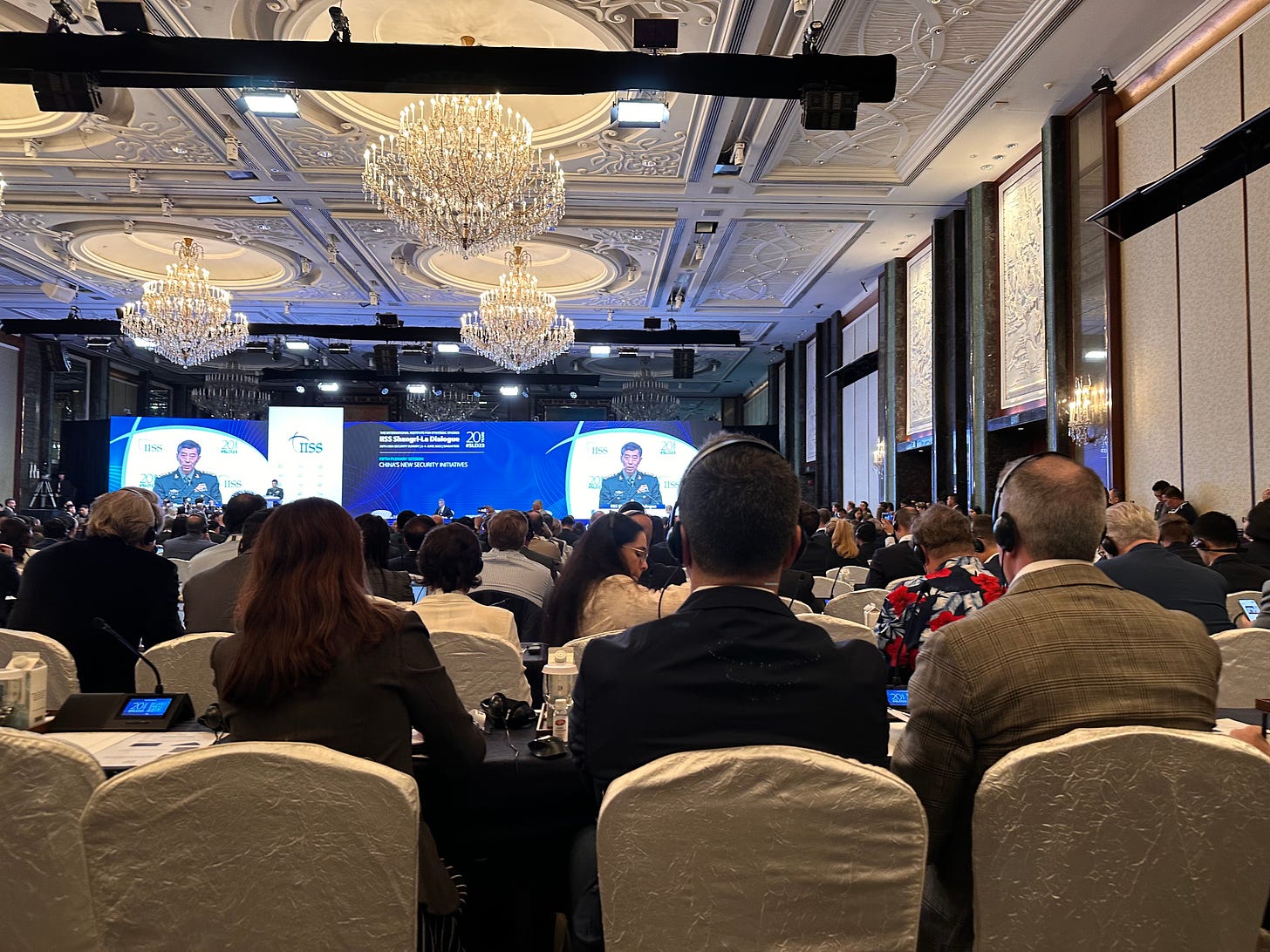
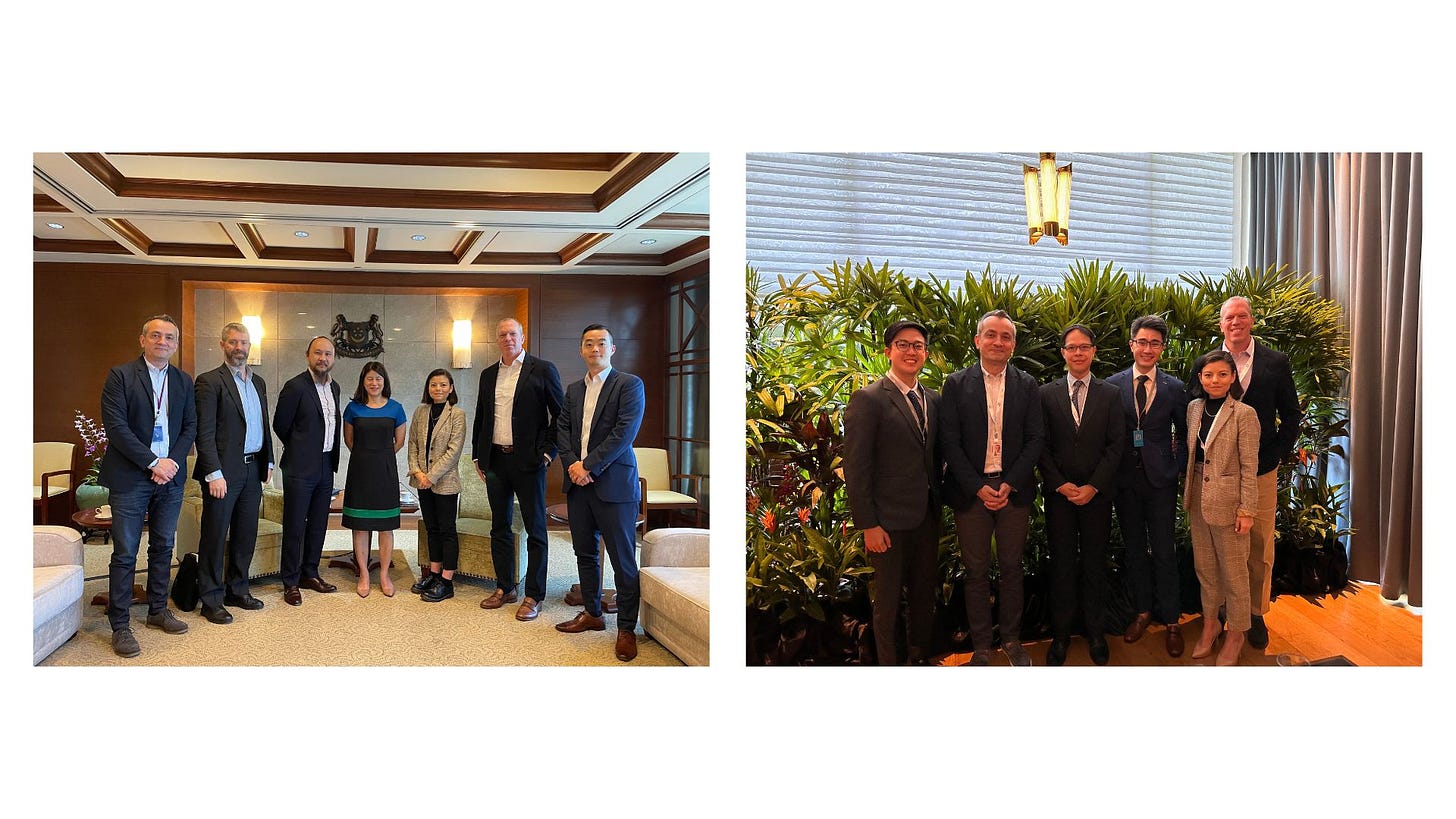
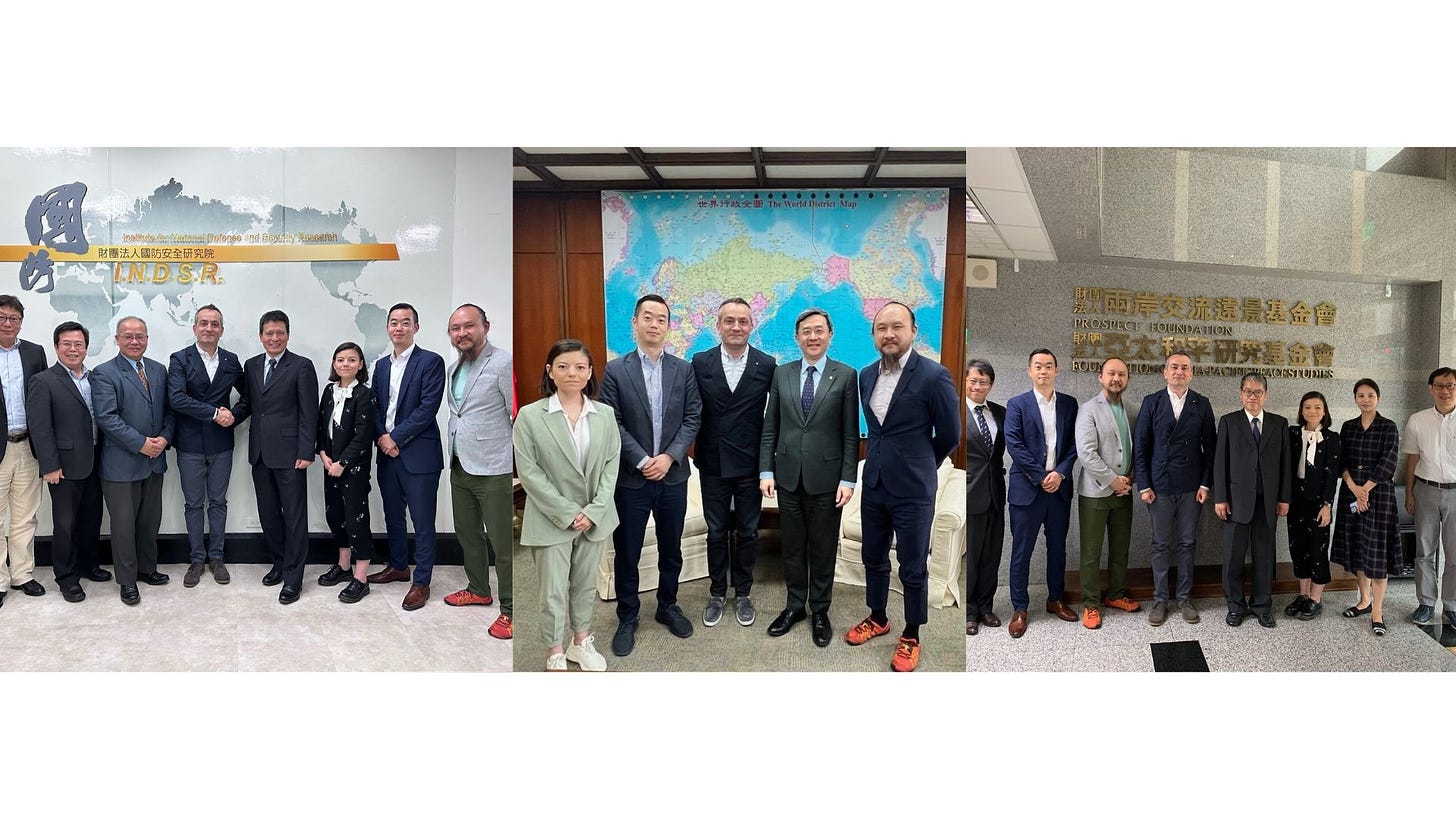
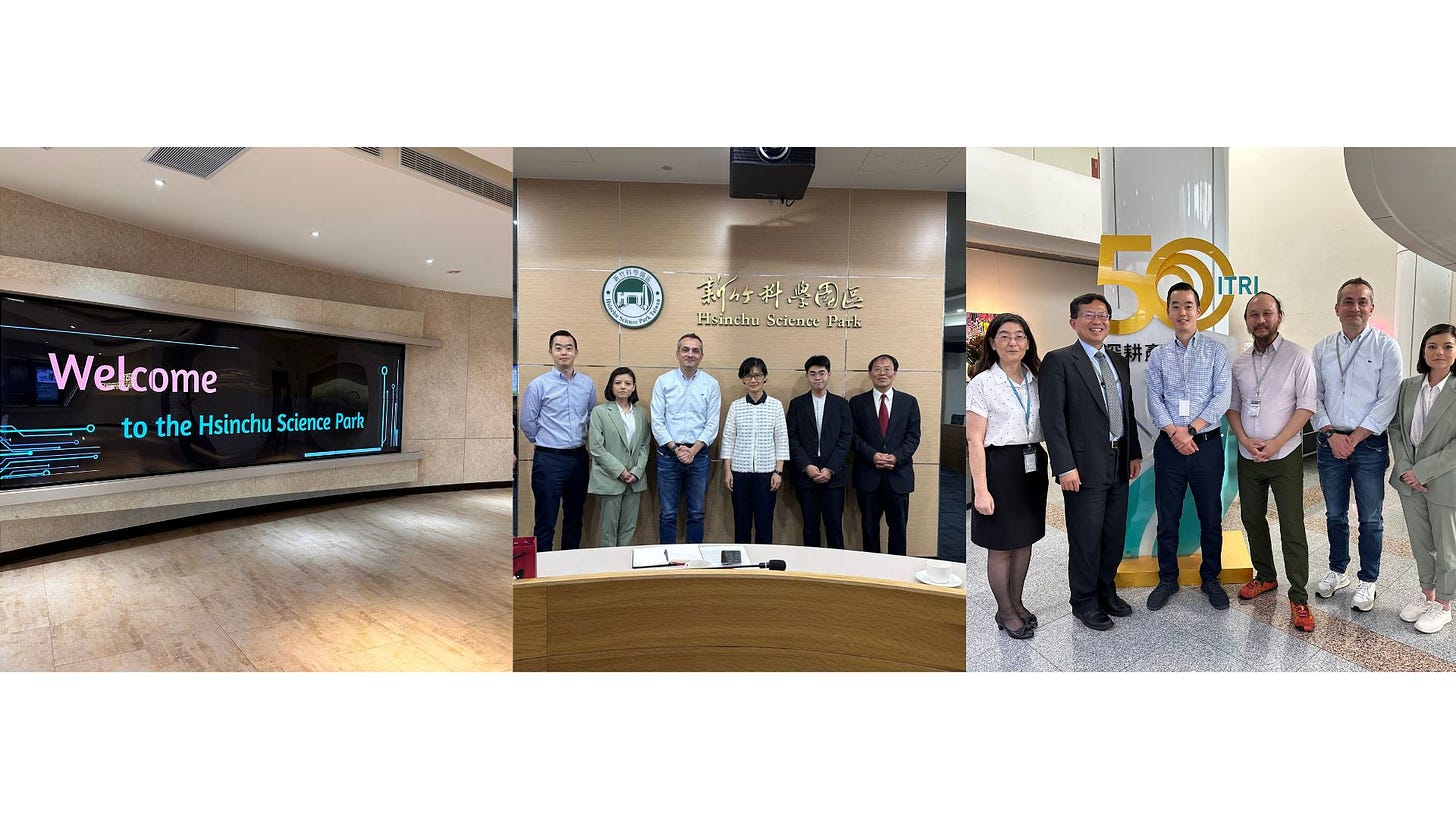
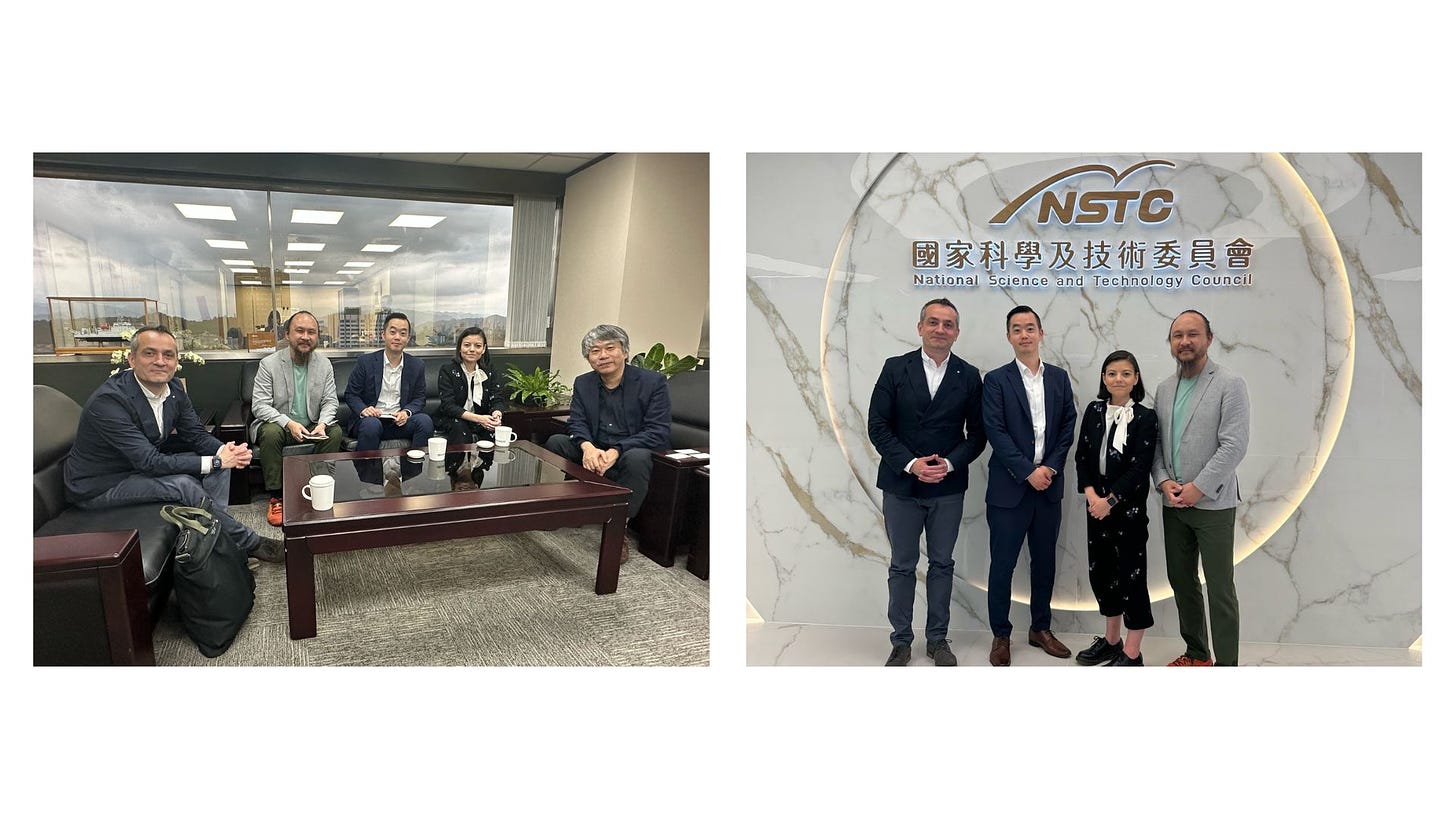
No comments:
Post a Comment